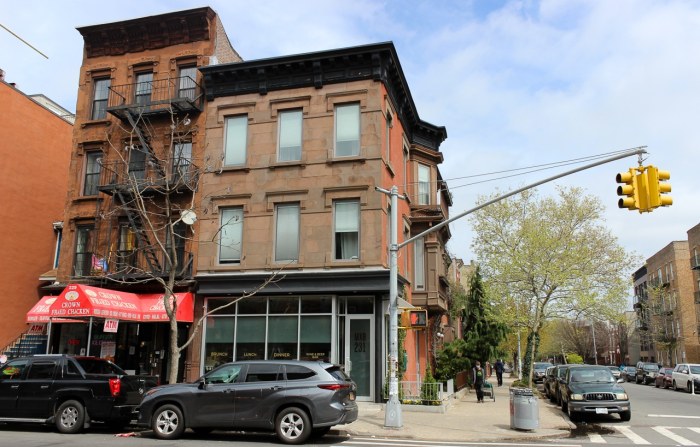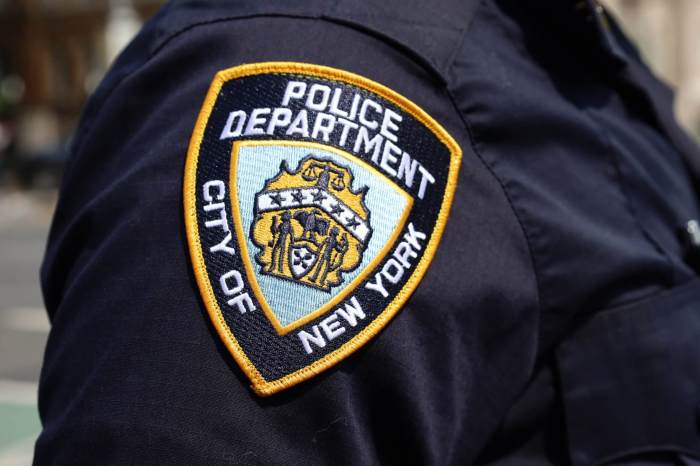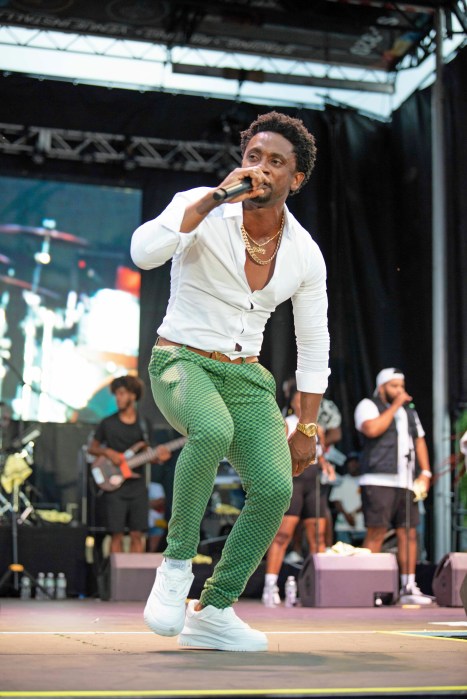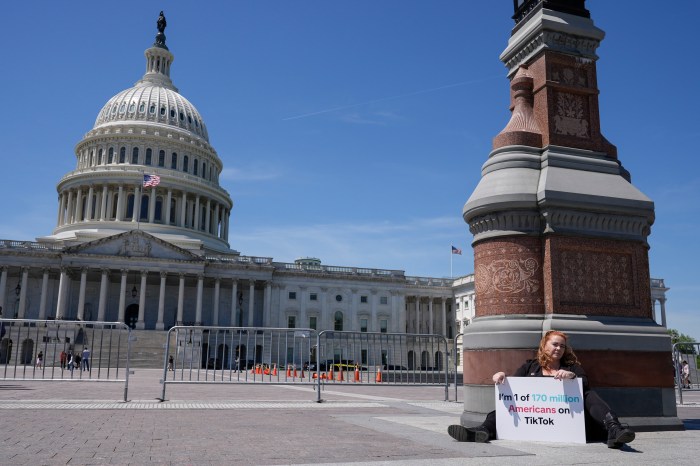A classic court drama loses something in the inexorable passage of time
Fifty years ago, Reginald Rose devised a pins-and-needles TV courtroom drama that proved so popular it was made into a 1957 Oscar-nominated film starring Henry Fonda and Jack Klugman and has been reincarnated numerous times onstage.
The production was called “Twelve Angry Men,” and this season, the Roundabout Theatre Company, under the pitch-perfect direction of Scott Ellis, has staged an electrifying, faithful adaptation of this American classic––its Broadway debut.
What made this story so unusual, and still impresses today, is that the action unfolds in real time, not in the flash-and-fire of the courtroom proper, but behind the scenes in a dingy jury room.
Nevertheless, this great-granddaddy of television staples like “Law and Order” and “CSI” is sadly showing its age. Can a period piece about an all-male, all-white jury duking it out for democracy––splendid as it is––pack the wallop it did a half-century ago?
The divergent dozen are faced with the onerous task of sealing the fate of a 16-year old black boy, a “delinquent” from the slums, who witnesses say had slain his father with a switchblade. A guilty verdict would send the defendant to the electric chair faster than you can say, “all men are created equal.”
As the soon-to-be angry men file into Jury Room 2A, they appear convinced the boy is guilty––an open-and-shut case. Well, all except one, that is.
Among the hats and suit jackets that hang tentatively in the cloak area are invisible piles of baggage the men have brought in as well. During the course of the twelve men’s agonizing truth-quest, each of these hidden agendas has the opportunity to display a portion of its contents, and some of them ain’t pretty.
The nameless everymen, referred to only by juror number and dressed in a variety of 50s styles, are meant to represent a wide range of social strata. There’s the wisecracking sports nut, Juror #7 (John Pankow; “The Iceman Cometh”), bent on using his Yankee tickets for that evening’s game. Juror #3 (Philip Bosco; “Moon Over Buffalo”) is a loudmouth with serious issues about his estranged son. Juror # 12 (Adam Trese; “A View from the Bridge”) is a wishy-washy ad hotshot who spouts pseudo-clever bromides like, “Let’s run it up the flagpole and see if anyone salutes.”
Then there’s the eldest, Juror #9 (Tom Aldredge; “Twentieth Century”), a feisty soul in a frail body who empathizes, perhaps too much, with a like-minded witness. The raging racist, Juror #10 (Peter Friedman; “Ragtime”), is convinced that “their kind will breed us out of existence.” And then, of course, there is the conscience-heavy holdout, Juror #8 (Boyd Gaines; “The Heidi Chronicles”), the Henry Fonda role in the movie, who actually looks and sounds uncannily like a young Jimmy Stewart.
It’s the hottest day of the summer, and the tiny fan is kaput. Slowly, painstakingly, Juror #8 sways his fellow inmates to reconsider their votes, offering a crash course in the nuances of reasonable doubt. “Personal prejudice obscures the truth,” he decries.
A late-afternoon thunderstorm strikes just about when a recount reveals a 6-6 deadlock. The storm is so beautifully executed we almost forget that this plot-pumping device has been used a thousand times before.
Clearly, set designer Allen Moyer has done time on a New York City jury. The cavernous, sea-foam green room, with its oak table and chairs, mammoth windows, and fluorescent light, is as accurate as it is dungeonesque. The sights and sounds emanating from the Lower Manhattan streets outside couldn’t be more convincing.
An ingenious stage shift revealing the men’s room allows jurors to have side conversations during bathroom breaks, and gives the audience a welcome break from the deliberations as well.
“Twelve Angry Men” just might rate as one of the all-time theatrical ensembles, with its fantasy cast boasting more than 65 Broadway productions and 15 Tony Award nominations to their collective credit––expect this number to rise come June.
Yet, we must ask ourselves, just how relevant is this work today? Certainly the themes of personal conviction, peer pressure and racial bias never go out of style. Nor do powerhouse performances. And the nostalgia factor has a distinct appeal.
But the dated elements sap the play of much of its power. Besides a jury devoid of women and racial diversity, the judicial procedure is arcane. In today’s legal system, a murder conviction does not equal a death sentence––never mind that New York State lacks capital punishment for kids under 18.
Some of the dusty dialogue (“You lousy bunch of bleedin’ hearts!”), is downright corny. Jurors, even in a rage, coyly use code to describe the black defendant. And Juror #8 gushing about their courageous role in democracy, I’m sorry to say, is a little like George W. Bush yammering about freedom while proposing a constitutional amendment that actually curtails rights.
One wonders if an updated version, “Twelve Angry Men and Women,” though admittedly a much different show, might not ring more true.
I can imagine Todd Haimes, Roundabout artistic director, and colleagues sitting around a large conference table, not unlike the one in the play, deliberating the merits of reviving “Twelve Angry Men.” To paraphrase a line from Juror #12, Haimes might have said, “Let’s put it out on the stoop and see if the cat laps it up.”
And lap it up audiences will. Yet, if you’re like me, you may be left with a curiously acrid aftertaste that lingers long after the applause has died.




























